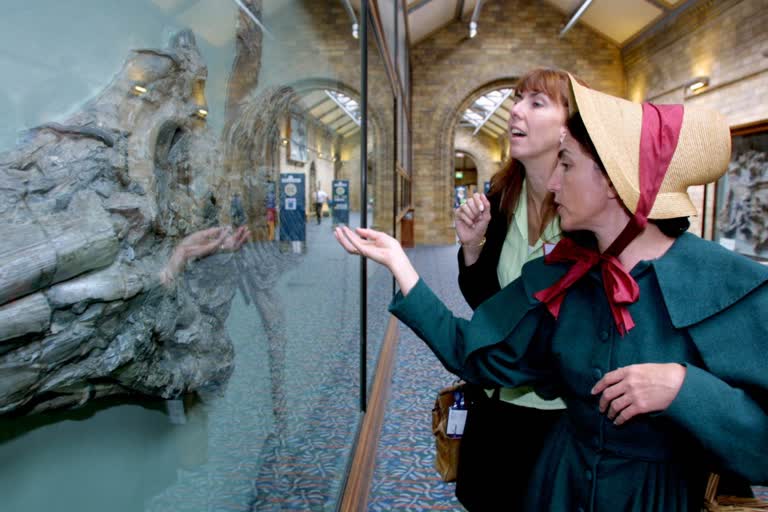Hyderabad: Mary Anning was a productive English fossil tracker and novice anatomist, born on May 21, 1799, Lyme Regis, Dorset, England. Anning was one of two enduring kids brought into the world to cabinetmaker and beginner fossil gatherer Richard Anning and his better half, Mary Moore. The family depended on the offer of fossils gathered from shoreline precipices close to their home along England's Channel coast as a type of revenue.
After Richard's demise in 1810, the family basically depended on the foundation. Mary, her sibling, Joseph, and their mom, who were talented fossil authorities themselves, enhanced their pitiful assets by selling fossils of spineless creatures, like ammonoids and belemnoids, to gatherers and researchers.
In 1817 the fossils pulled in the consideration of British fossil authority Lieut. Col. Thomas Birch, who helped the family monetarily by buying various examples. Later he sold his assortment and gave the returns to the Anning family during an especially frantic period in their lives.
Blue Lias arrangement:
Over the course of her life, Anning likewise found the remaining parts of a few enormous vertebrates installed in the bluffs of Lyme Regis. The bluffs, which date from the late Triassic to early Jurassic periods (nearly 229 million to 176 million years prior), when the territory was lowered and found nearer to the Equator, contain the fossil-rich limestone and shale of the Blue Lias arrangement.
In 1810 her sibling tracked down the main known Ichthyosaurus example; be that as it may, she was the person who uncovered it, and a few sources additionally give her kudos for the revelation.
English doctor Everard Home portrayed the example presented in a progression of papers. Her most popular discover happened in 1824 when she revealed the main flawless Plesiosaurus skeleton. The example was so huge and all around safeguarded that it pulled in the consideration of French zoologist Georges Cuvier, who questioned the finding until he saw the drawings of the example in a paper by English geologist and scientist William Daniel Conybeare.
After Cuvier verified the disclosure, established researchers started to perceive the paleontological worth of the fossils recuperated by Mary Anning and her family.
